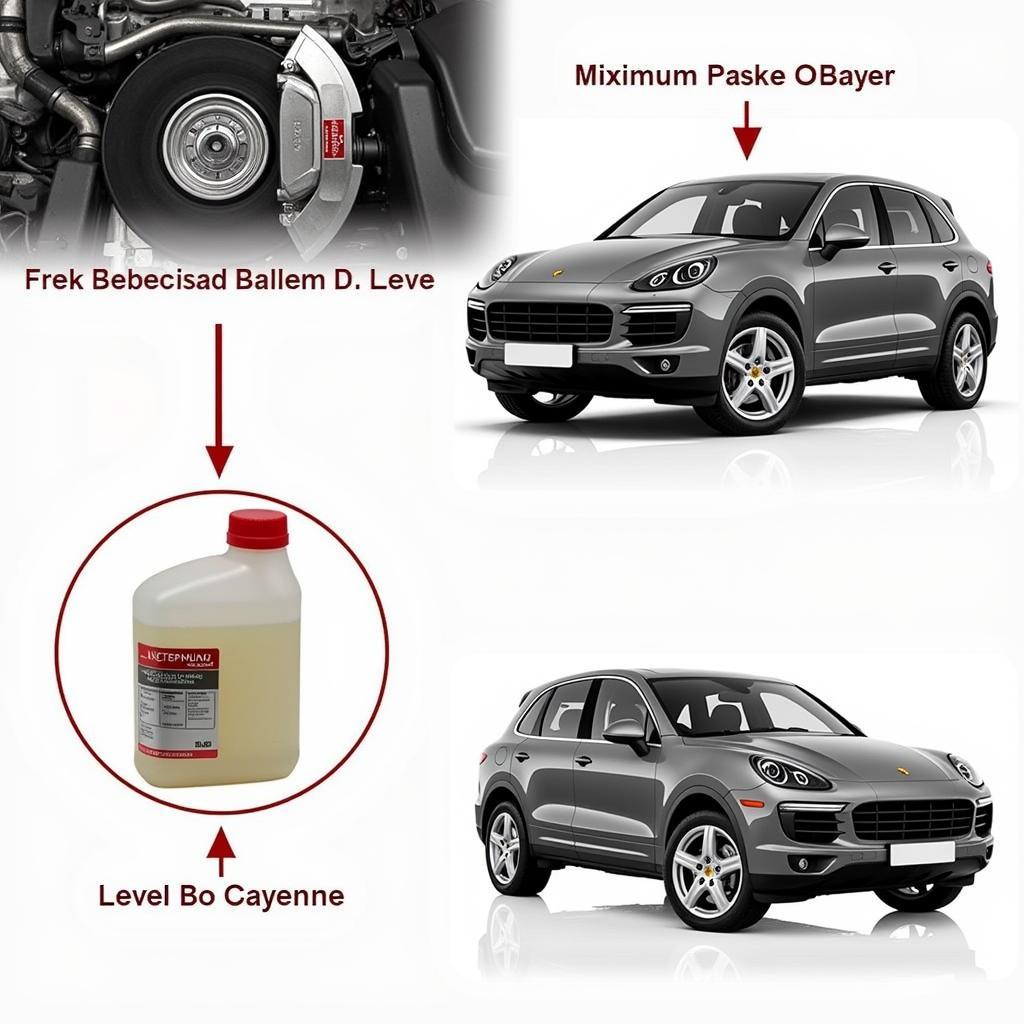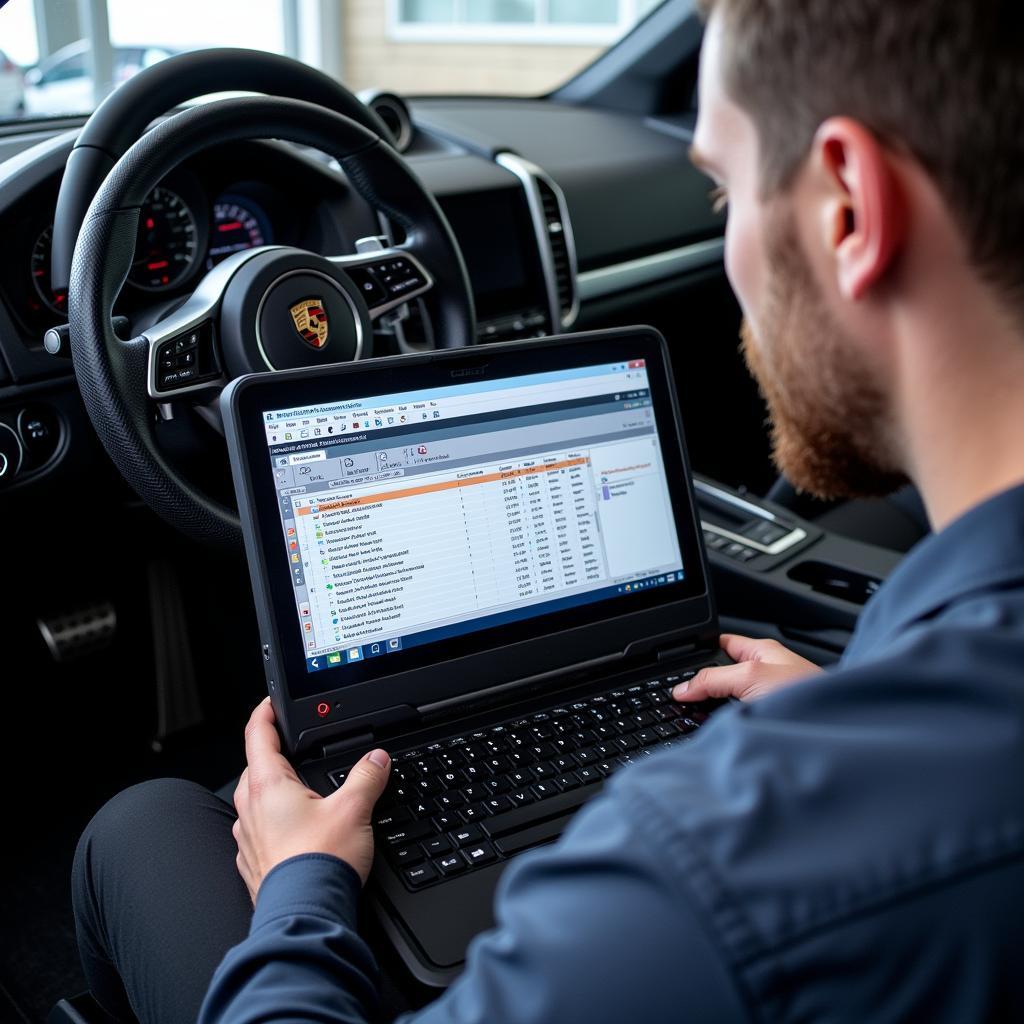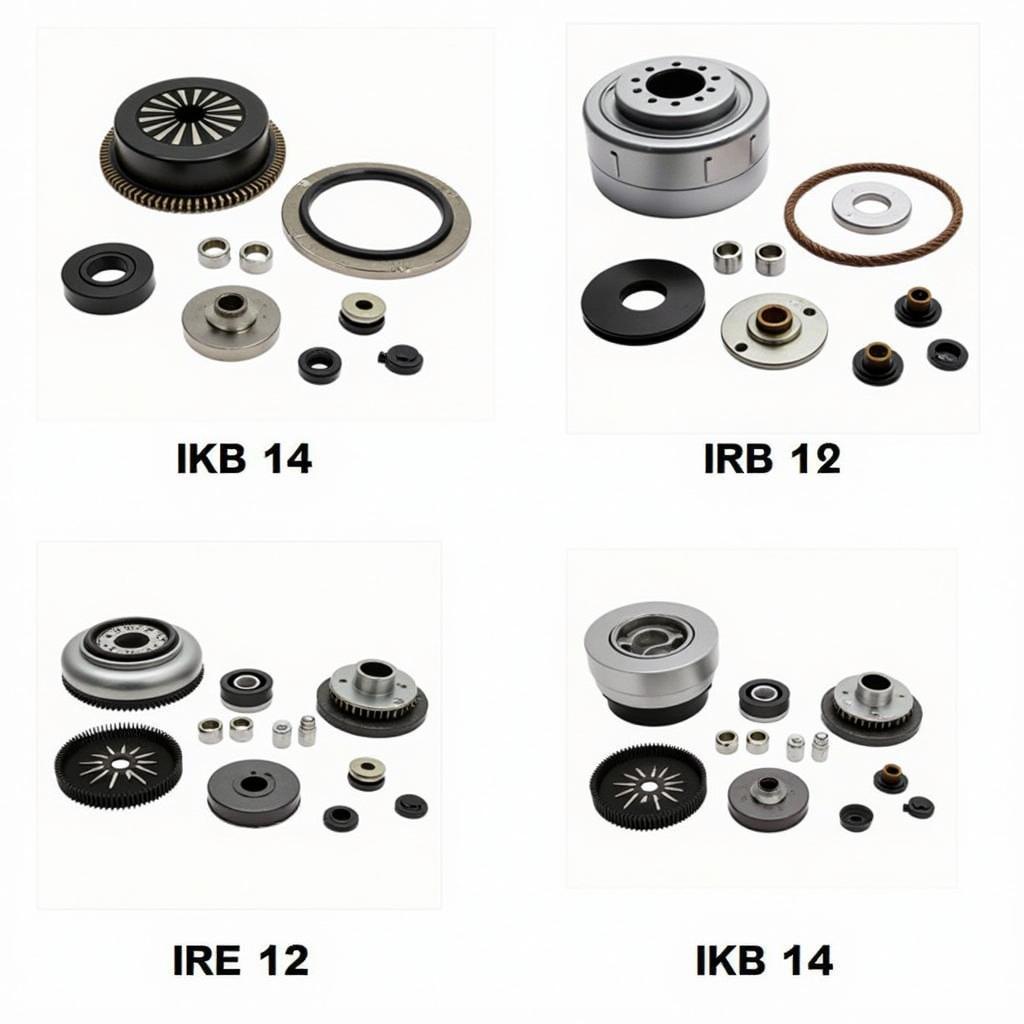The dreaded Porsche Cayenne brake light warning can be a source of frustration and concern. Whether it’s a persistent glow or an intermittent flicker, this warning signal demands attention. This article will guide you through the common causes of a Porsche Cayenne brake light warning, offering practical troubleshooting tips and potential solutions, even remote software fixes.
Understanding the Porsche Cayenne Brake Light Warning System
The brake light warning on your Porsche Cayenne is part of a sophisticated safety system designed to alert you to potential braking issues. It can indicate a range of problems, from something as simple as a burnt-out bulb to more complex issues with the braking system itself. Ignoring this warning could compromise your safety and lead to more extensive repairs down the road.
Common Causes of a Porsche Cayenne Brake Light Warning
Several factors can trigger the brake light warning on your Porsche Cayenne. Here are some of the most common culprits:
- Burnt-out Brake Light Bulbs: This is often the simplest and most easily fixed cause. Replacing the faulty bulb usually resolves the issue.
- Faulty Brake Light Switches: The brake light switch activates the lights when you press the brake pedal. A malfunctioning switch can prevent the lights from illuminating or cause them to stay on continuously.
- Wiring Problems: Damaged or corroded wiring can disrupt the flow of electricity to the brake lights, triggering the warning.
- Low Brake Fluid: Low brake fluid levels can also activate the warning light. This usually indicates a leak in the brake system, which requires immediate attention.
- ABS Issues: Problems with the Anti-lock Braking System (ABS) can also trigger the brake light warning. This could range from a faulty sensor to a more serious issue with the ABS module.
- Software Glitches: Modern Porsche Cayennes rely heavily on software to control various systems, including the braking system. Sometimes, a software glitch can trigger the warning light even if there’s no underlying mechanical problem.
Troubleshooting the Brake Light Warning
Before rushing to a mechanic, there are some simple checks you can perform yourself:
- Check the Brake Light Bulbs: Inspect all the brake lights, including the high-mounted brake light, for any burnt-out bulbs. If you find a faulty bulb, replace it with the correct type.
- Check the Brake Fluid Level: Open the hood and locate the brake fluid reservoir. Check the fluid level and top it off if necessary. However, if the fluid level is consistently low, it indicates a leak that requires professional attention.
- Inspect the Brake Light Switch: The brake light switch is usually located under the dashboard near the brake pedal. Check for any signs of damage or loose connections.
 Checking the Brake Fluid Level on a Porsche Cayenne
Checking the Brake Fluid Level on a Porsche Cayenne
Remote Software Diagnostics and Solutions
For software-related issues, remote diagnostics and programming can often provide a quick and convenient solution. Specialized diagnostic tools can access the vehicle’s computer system remotely, identify software glitches, and even install software updates to resolve the problem. This can save you time and money compared to traditional repair methods. “Remote diagnostics have revolutionized the way we approach vehicle repairs,” says renowned automotive engineer, Dr. Emily Carter. “We can now identify and fix software-related issues without the customer ever having to visit a workshop.”
When to Seek Professional Help
If you’ve tried the basic troubleshooting steps and the warning light persists, it’s crucial to seek professional help. A qualified Porsche technician can perform a thorough diagnosis and identify the underlying cause of the problem. They can also access specialized diagnostic equipment and software to pinpoint and resolve more complex issues. “Don’t underestimate the complexity of modern braking systems,” advises automotive expert, Mr. David Miller. “A seemingly simple warning light can sometimes indicate a more serious underlying issue.”
 Using Diagnostic Software on a Porsche Cayenne
Using Diagnostic Software on a Porsche Cayenne
Conclusion
The Porsche Cayenne brake light warning is a crucial safety feature that should never be ignored. While some causes can be easily resolved with simple troubleshooting, others require professional attention. By understanding the potential causes and taking appropriate action, you can ensure the safety and reliability of your Porsche Cayenne. Don’t delay, address the brake light warning promptly.
FAQ
- What should I do if my brake light warning comes on while driving? Pull over safely and check your brake lights. If they are not working, it’s best to have your vehicle towed to a repair shop.
- Can I drive my Porsche Cayenne with the brake light warning on? While technically possible, it’s not recommended. The warning light indicates a potential problem with your braking system, which could compromise your safety.
- How much does it cost to fix a Porsche Cayenne brake light warning? The cost varies depending on the underlying cause. A simple bulb replacement can be inexpensive, while more complex repairs can be significantly more costly.
- How can I prevent my Porsche Cayenne brake light warning from coming on? Regular maintenance, including brake fluid checks and inspections, can help prevent brake light warnings.
- Can remote software updates fix all brake light warning issues? No, remote software updates can only address software-related problems. Mechanical issues will still require traditional repairs.
- Is it safe to perform remote software updates myself? It is generally recommended to have remote software updates performed by a qualified technician with the proper equipment and expertise.
- What are the long-term consequences of ignoring a brake light warning? Ignoring a brake light warning can lead to more extensive and costly repairs down the line, and more importantly, it can compromise your safety.

